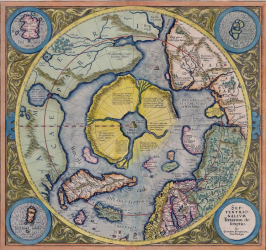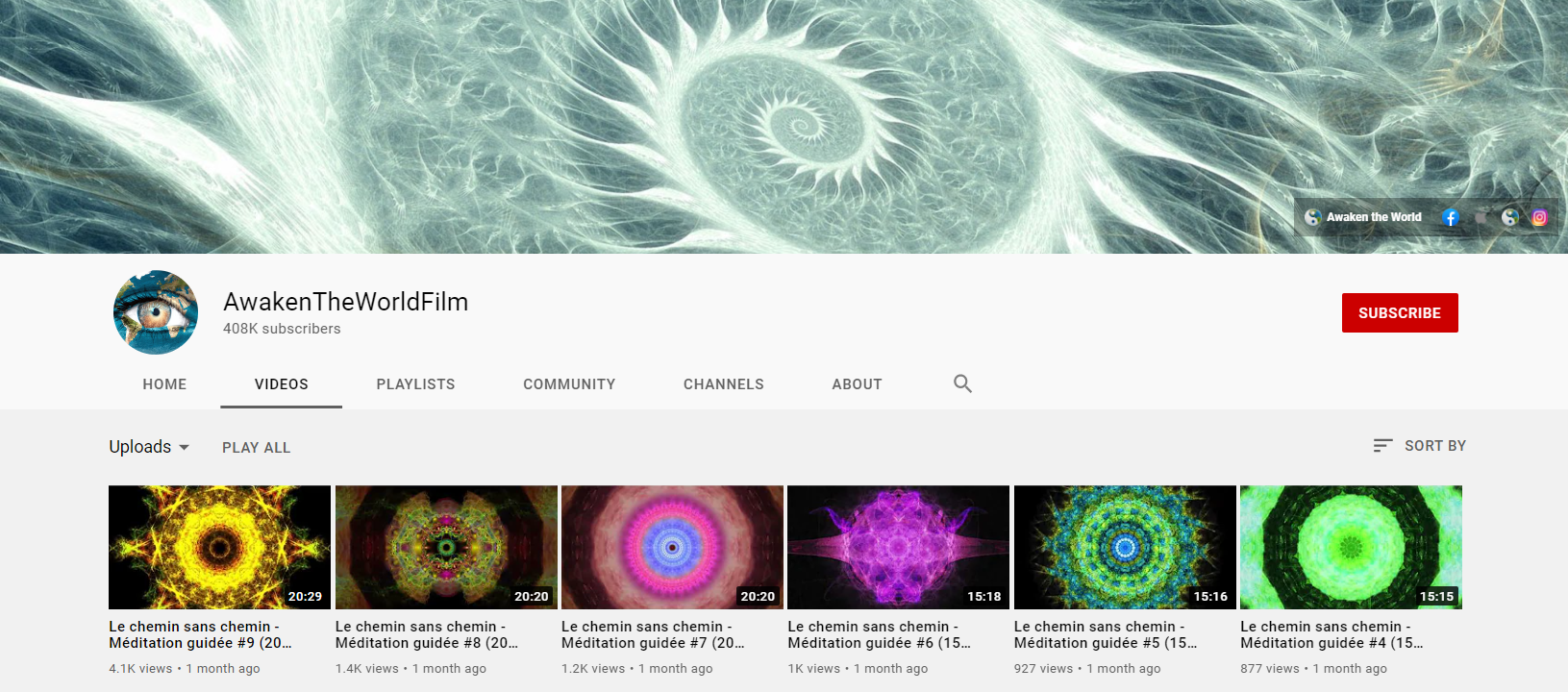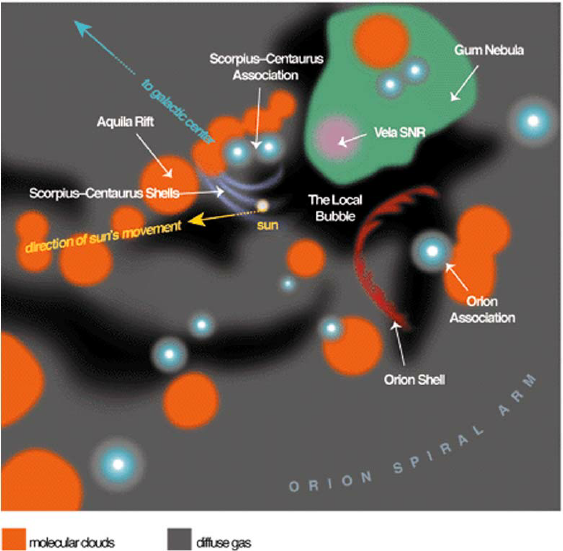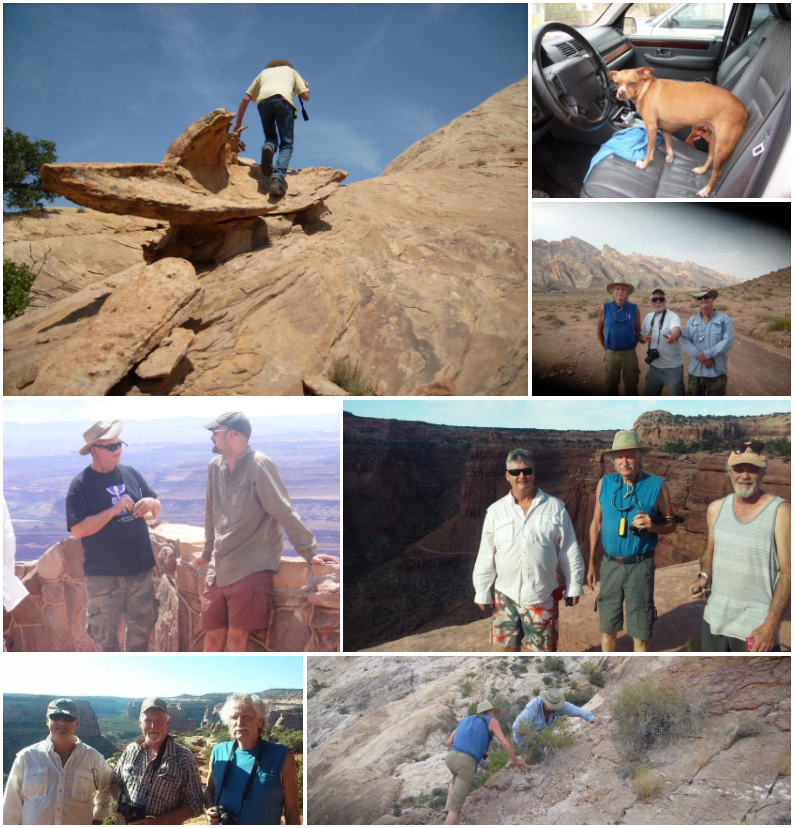Bill Mullen – Hieroglyphics and the Ancient Sky
Robert Sepehr – Antarctica and the Odin Departure
Ben Hyde – Electric Universe Science Guy
Eugene Bagashov & Jim Weninger Oumuamua Data Reveals Intriguing Possibilities – Reference
Astronomers have known since the 1970s that the Solar Neighborhood lies in the middle of an enormous “Local Bubble” of million-degree, ionized hydrogen gas, surrounded by a wall of colder, denser neutral gas.
Astronomers have known since the 1970s that the Solar Neighborhood lies in the middle of an enormous “Local Bubble” of million-degree, ionized hydrogen gas, surrounded by a wall of colder, denser neutral gas.
Within this hot bubble, gas density is much sparser, with some 100 to 1,000 times fewer hydrogen atoms, than the average density of the rest of the Milky Way’s spiral disk. The Local Bubble was thought, at first, to be an asymmetric cavity of 330 to 490 light-years (ly) — 100 to 150 parsecs (pc) — in diameter.















